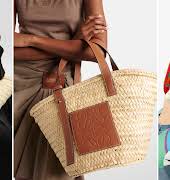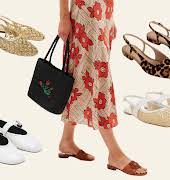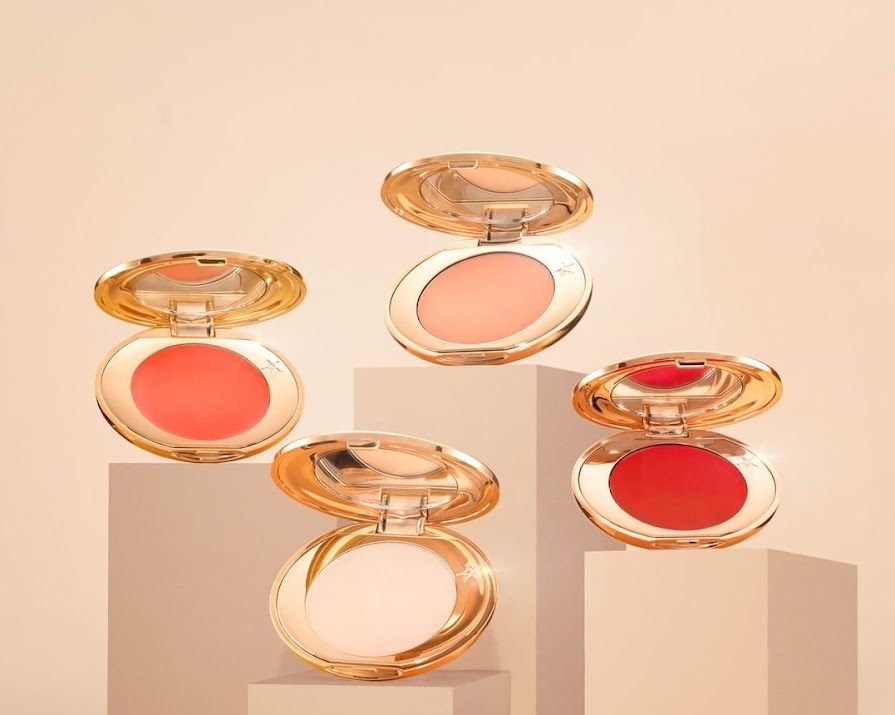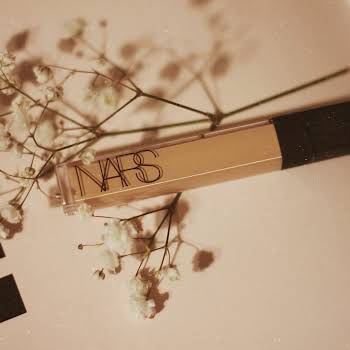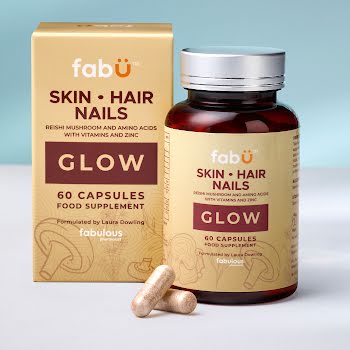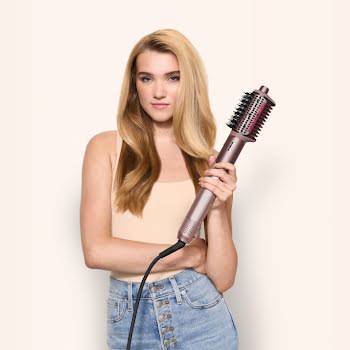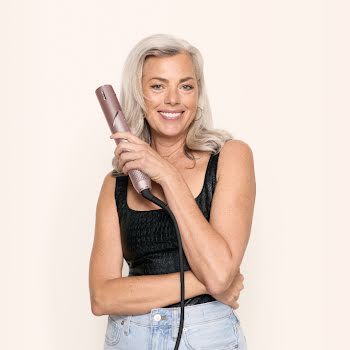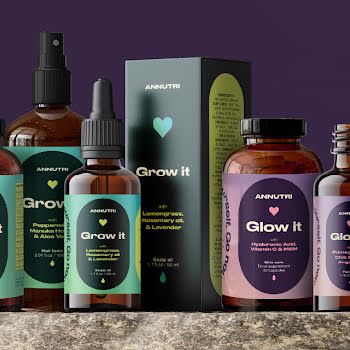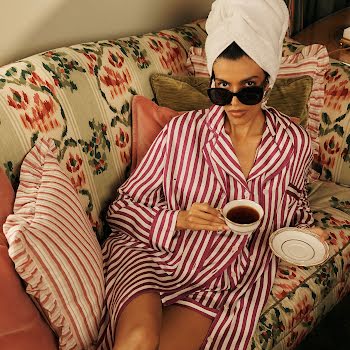
The ultimate guide to colour correcting under eye bags, redness, acne scars and hyperpigmentation
By Holly O'Neill
07th Oct 2019
07th Oct 2019
Make-up artist Christine Lucignano shares the ultimate guide to colour correcting.
First things first, you absolutely do not need to colour correct. Coverage where the skin looks like skin is more popular than ever, Instagram accounts showing skin at all stages have thousands of followers and the invisible acne patch days are behind us -now that the beautiful star-shaped hydrocolloid pimple patches Starface exist, we’re pretty excited about getting our next spot.
But if you’re really struggling with an acne scar, finding it difficult to conceal hyperpigmentation that you don’t like or brightening under-eye darkness, colour correcting might help. “Colour correcting is always done prior to any concealing or foundations,” advises make-up artist Christine Lucignano, and according to her, the key to getting it right is repetition. “Colour correcting is a very individual thing so practice makes perfect in terms of what you want to achieve.”
Here, Christine gives her advice for getting colour-correcting right and shares the tools you’ll need in your arsenal.
 Becca Under Eye Brightening Corrector, €27
Becca Under Eye Brightening Corrector, €27
UNDER EYE DARKNESS
“With an ‘average’ dark under-eye area, it’s best to brighten first to take down the depth of darkness,” advises Christine. “Use a product like Becca Under Eye Brightening Corrector, €27, which comes in two shades –Medium to Dark and Light to Medium. Follow with a concealer that has enough coverage to mask the brightening product, but is also opaque enough to conceal the residual darkness. Should the under-eye darkness lean very purple, then top up the brightening product with a yellow-based concealer – this will give you the best result as yellow will help to cancel out purple.”

Vichy Dermablend Green Colour Corrector, €15.50
ACNE SCARS
“Acne scars are the most challenging to cover,” according to Christine, “as they can be either raised, dented inward, discoloured or even a combination of all three.” How to treat your specific scar is relative to it’s colour and texture. “If the scaring is raised, always use the sheerest products possible to correct and cover so you don’t add more volume to the scar,” says Christine. “If the scar leans redder in colour, as newer scars tend to, you can colour correct with a green-based product and then cover with your foundation.” Green is not usually that successful as a colour corrector, according to Christine, as it can cast grey but I had good results with redness with the Vichy Dermablend Colour Corrector in Green. If you’re not a fan, Christine advises using a concealer “on its own that is sheer but opaque so the discolouration is cancelled out due to the opacity of the concealer.”
Charlotte Tilbury Magic Vanish Colour Corrector in Tan, €30
HYPERPIGMENTATION OR MELASMA
How to deal with hyperpigmentation or melasma is dependent on your ethnicity. “If the undertone is warm enough (with an orange-based undertone) for it, you can colour correct the hyperpigmentation with an orange-based correcter,” says Christine, “and then follow with your foundation. This works really well for many of the African skin tones as well as many of the Filipino, Malaysian, Native American, South/Central American and Indonesian skin tones.” Be sure to apply the sheerest layer (“the sheerer the application the more success you will have,” says Christine) and blend off nicely before applying your foundation. “If your foundation ends up mixing in with or merging with your corrector, you will not get a good result. Men who are applying make-up either naturally or to the extent of drag will benefit from an orange-based colour corrector as it really helps to tone down the ‘five o’clock shade. If your ethnicity means your skin’s undertone is far more yellow, then colour correct with a more lavender-based corrector first and follow by finishing with your foundation.”
Vichy Dermablend Purple Colour Corrector, €15.50
THE TOOLS YOU NEED
“Your tools are just as important as the correcting products you choose,” says Christine, who advises on dense, synthetic fibre brushes. “Just make sure the shape of the brush head is right for the area you are correcting. You want to deposit and sheer off with the same brush with gentle pressure and blending so you don’t remove what you have just applied. You can also use a slightly damp beauty sponge to sheer off your edges but that is generally for a larger space on the face that you are correcting. The smaller the spot, scar or pigmentation you are correcting, the smaller your tools need to be. I often use a tiny liquid or gel liner brush (one that I never use for liner) to pinpoint correct and conceal acne and acne scars – that way, you have more control for an exact deposit.” Finally, blend, blend, blend. “It is often better than to use your clean ring finger to blend that around the edges or use a flat synthetic brush to blend off the edges. I keep stressing ‘blending off’ step is that you want your corrected area to merge seamlessly into your uncorrected skin.”

Photography by Charlotte Tilbury.
Read more: Watch: Take a peek inside Triona McCarthy’s everyday make-up bag essentials
Read more: Cheryl Tweedy tells us about her skincare hacks, her go-to products and feeling beautiful
Read more: 7 helpful steps to making your foundation look its best

